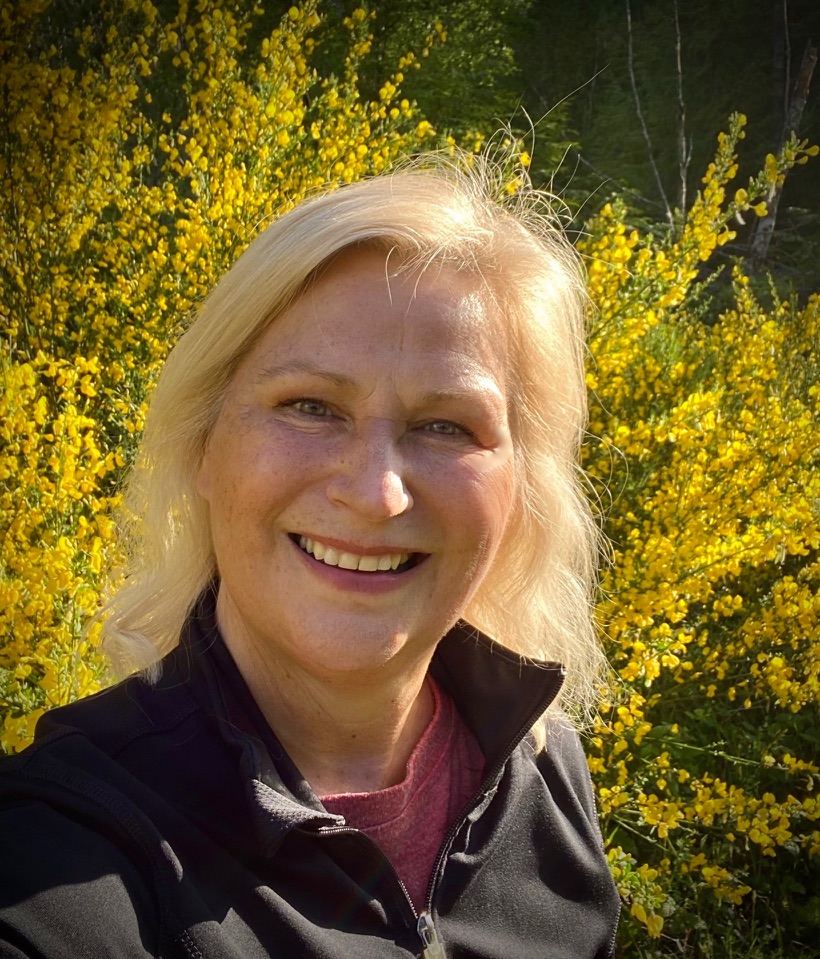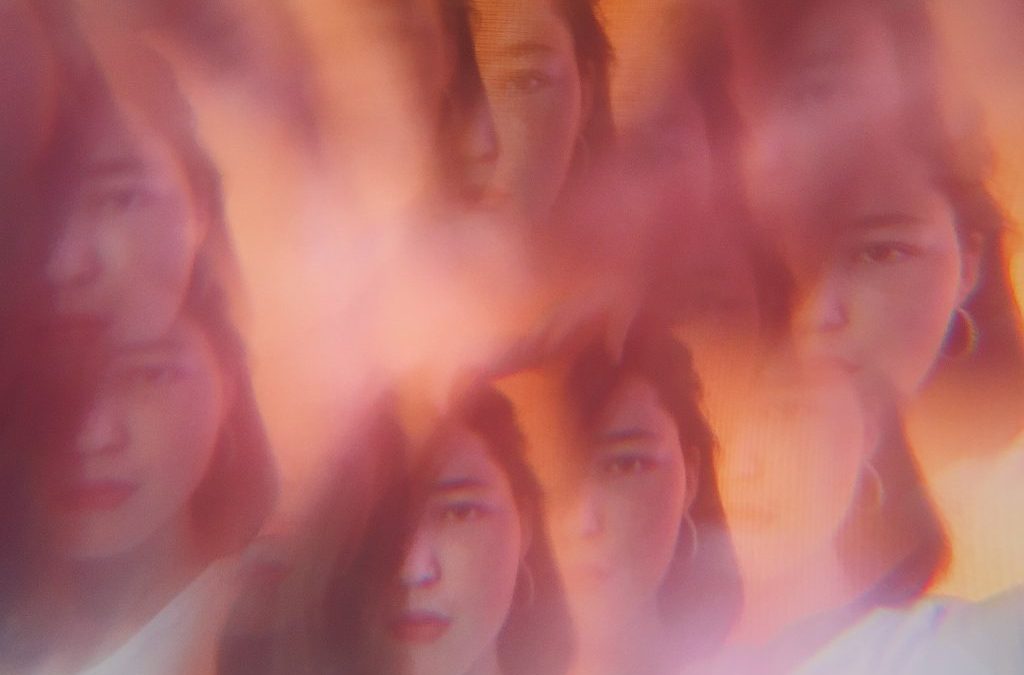I was stuck. I was working hard with my trauma therapist, taking all my meds, had a wonderful weekly trauma support group, an amazing support system (thanks cuz), and was voraciously digging my way through all the latest and greatest CPTSD books. I was the trauma-healing Queen and the only thing missing was my tiara and sash.
But still, I was stuck. Everyone morning, I awoke in terror. At the first stirrings of wakefulness, my body would freeze, and my heart would pump as if there was a terrorist group banging on my door demanding entry. This was usually followed by a deep sense of weight on my body and my complete inability to move. There were days that I literally could not get out of bed because my body just would not do it.
It was time for extreme action and so I applied to an innovative, research-based program hosted through Vancouver Island University (VIU), Roots to Thrive. It was a three-month program that included weekly, two-hour group meetings and three ketamine sessions. Ketamine is used in hospitals and veterinarian clinics as an anesthesia but its use as a hallucinogenic has been making waves, along with the use of psilocybin (magic mushrooms). While Western medicine is new to the field, Indigenous cultures throughout the world have long understood the healing effects of hallucinogenics. Gee, imagine the world of medicine if we learned from other cultures (sarcasm intended as well as the eye-rolling as I’m writing this).
So, I closed my eyes and applied.
I was honestly terrified of losing control of myself and didn’t totally understand how it worked but after digging around I learned two important things: 1) it was like taking a fast forward on therapy and 2) it was transformative. So, I closed my eyes and applied. According to their website, the program is for a diagnosis of PTSD, depression, substance use disorder, anxiety, disordered eating, and/or disordered sleeping that hasn’t shifted as well as you had hoped with medication, therapy, and other approaches. Also, as one of the very few legal programs around, it’s not cheap.
The founder of the program, Shannon Dames, is a professor of nursing at VIU and is absolutely dedicated to ensuring the safety of participants. Ketamine is a strong drug and does have possible interactions, just like any medication. In the application process, you need a doctor’s approval of participation as well as a recent blood pressure reading. There is a bevy of nurses and doctors that work in the program and assist with all ketamine sessions.
I was put into a small group of eight women with one of the ladies participating from North Carolina. (She came to Vancouver Island for the ketamine sessions). Every week, we were in a large session and then split into our small groups where we learned how to give and receive unconditional positive regard. It was a strange, uncomfortable thing at first—to listen and not offer advice or opinion—to simply listen, accept and show that you heard. Most with trauma did not have this as children (necessary for secure attachment) so it was very powerful to finally have it. These weekly sessions created an environment of trust and acceptance which was the foundation of our ketamine sessions, a few weeks later.
The ketamine sessions (called “sits”) were conducted in a local Indigenous center, and we had blood pressure readings first, consulted individually with the doctor regarding the dose, and then laid down on our assigned mattresses in the group’s room. There were a lot of rituals and Indigenous learning to honour the medicine and the process. An important part was to decide on each of our intentions (objectives) for this session. When it was time, we were given our injections by a nurse and we snuggled down into our blankies, eye covers, and headphones and let the custom-made playlist sweep over us.
For the first sit, my intention was to release fear. I was just so damn tired of being afraid. Unfortunately, the mother of all repressed memories decided to visit during the session, and I relived a terrifying moment that I was never sure had happened. The team leaped into action and helped me through it. After that session, I slept for two straight days. I felt like I had been hit by a truck and then it backed up and hit me again. I spent a week working through the memory with my cousin, my therapist, and the Roots to Thrive team. At the end of the week, I woke up and realized I wasn’t afraid. I simply woke up. The fear had someone gone. It seems that the fear of not knowing whether this had happened was much more frightening than the reality. Finally, I was at peace.
For the second sit, my intention was to feel joy. Yahoooo, did I feel joy! Wow, that really showed me why hallucinogenics were so popular in the 60s—they may have had the right idea. I saw my two favourite people in heaven, my dad and my grandmother and I was dancing, flying, and running through meadows. If you are thinking, The Sound of Music, yup, exactly. This picture is the photo I told them to take as I came out of the meds. I wanted them to get a picture of me with my eyes showing joy because, in all my pictures from the past, my eyes never smiled. The crazy hair was how much I was moving around and partying.

For the third sit, my intention was to find my purpose. During my time in medicine, three words were repeated over and over: voice, community, and belonging. I was in the midst of a career and personal crisis at the time, and it completely changed my direction. I am now in school for Addictions and Mental Health Counselling as well as a certificate in Trauma. Also, I’ve started writing again…my voice.
So, bottom line, do hallucinogenics work? For me, without a doubt, that would be a resounding yes. Do I recommend them to everyone in the CPTSD community? Yes…but. The “but” is that it’s not necessarily just the drugs that are important. Ketamine should be done within a therapeutic setting and community to get a true therapeutic result. Just taking it at a party is not at all the same thing (and is super dangerous). The preparation and debriefing are as important as the actual medicine. Also, medically, it isn’t for everyone so be very sure you speak with your doctors. Roots to Thrive is a model for this type of program so if you’re not sure about the one you’re considering, I highly encourage you to compare it to this one. The staff is amazing and if you have questions, definitely reach out to them.
If you’ve done hallucinogenics or considering them, I’d love to hear about it!

Guest Post Disclaimer: Any and all information shared in this guest blog post is intended for educational and informational purposes only. Nothing in this blog post, nor any content on CPTSDfoundation.org, is a supplement for or supersedes the relationship and direction of your medical or mental health providers. Thoughts, ideas, or opinions expressed by the writer of this guest blog post do not necessarily reflect those of CPTSD Foundation. For more information, see our Privacy Policy and Full Disclaimer.

Belinda lives on beautiful Vancouver Island where she fills her need for nature with hiking, horses, ocean, and any furry critters she can find. She is completing her post-grad certificate in Addictions and Mental Health Counselling and looks forward to helping others as she has been helped. As a third-generation survivor of trauma, she comes from a long line of crazy but strong women who have somehow succeeded in making lives that don’t completely suck.





Proud of my daughter and what she has accomplished, go forth.Ethel